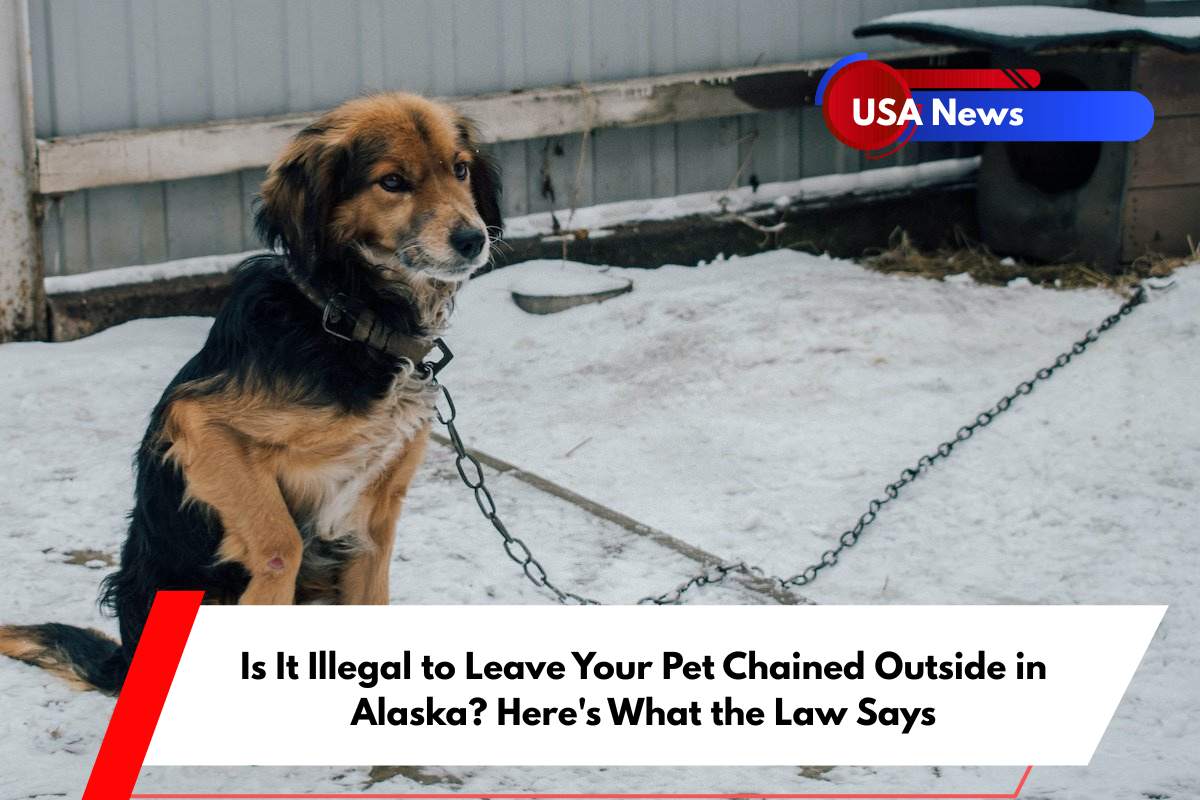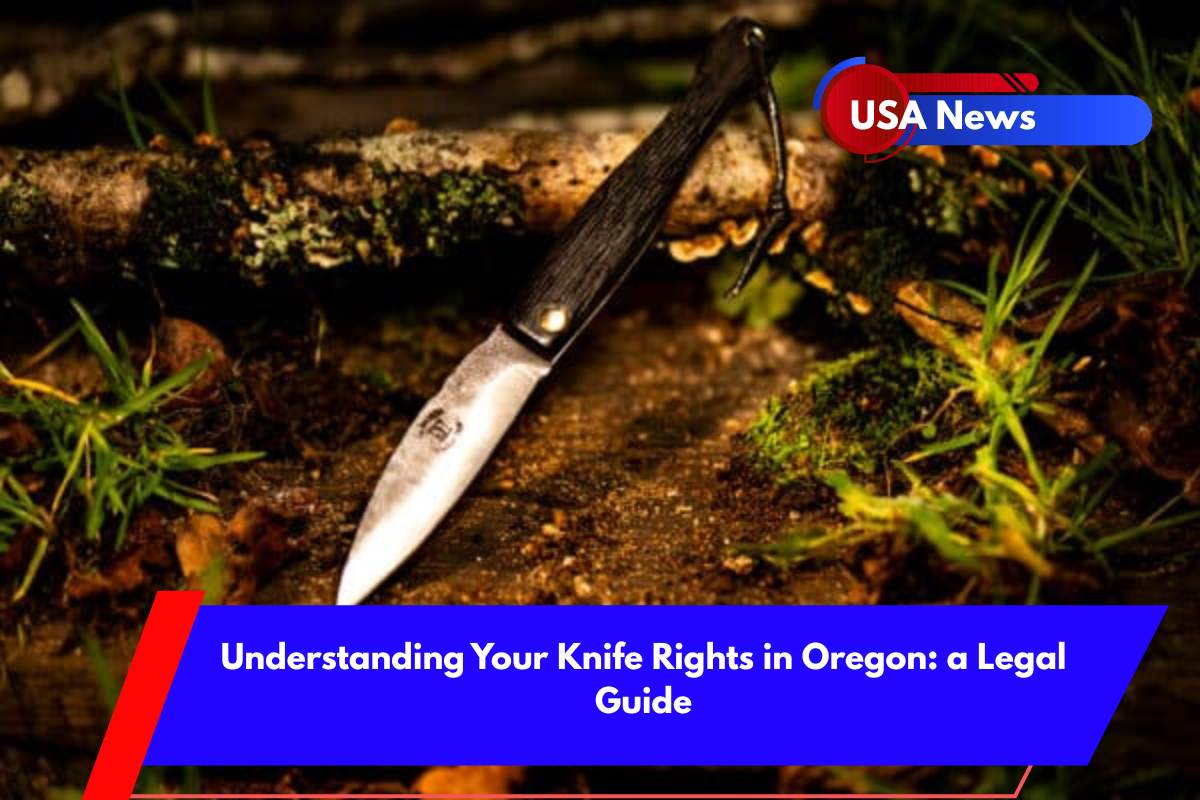Alaska does not have a statewide law that completely bans chaining or tethering pets outside, but there are rules in place to ensure that pets are not harmed or mistreated when they are tethered. While tethering itself is legal, the state enforces animal cruelty and neglect laws to protect pets from suffering or dangerous conditions.
Additionally, local ordinances can impose stricter rules on pet tethering. This article breaks down the laws and guidelines for chaining pets in Alaska, including both statewide regulations and local rules you should be aware of.
Statewide Law on Tethering Pets
No Statewide Ban on Tethering
In Alaska, there is no statewide law that outright bans chaining or tethering pets outside. It is not automatically illegal to leave your pet chained outdoors under state law. However, the way pets are tethered is important, and animal welfare laws apply if the animal suffers harm or risk due to improper tethering.
Animal Cruelty and Neglect
Although there is no blanket ban on tethering, Alaska’s animal cruelty statutes apply. If a pet is chained in a way that harms it, causes suffering, or puts its health or safety at risk, it can be prosecuted under animal cruelty laws.
This includes situations where pets are left outside in extreme weather, without food, water, or shelter. Animal cruelty charges can range from a misdemeanor to a felony, depending on the severity of the situation.
Local Ordinances on Tethering
City and Borough Rules
In Alaska, many cities and boroughs have their own rules regarding pet tethering, which can be stricter than the state’s general laws. Local regulations may set time limits, tether specifications, and other important conditions to ensure the safety and well-being of pets that are tethered outside.
Time Limits: In some areas, such as Valdez, there are strict limits on how long a pet can be tethered outdoors. For example, it is illegal to chain or tether an animal outdoors for more than 13 hours in a 24-hour period.
Tether Specifications: Some cities have detailed specifications on the length and weight of the tether. For instance, tethers must be at least 10 feet long and weigh no more than one-eighth of the animal’s body weight. The tether must allow the pet to move freely without causing injury or entanglement.
Minimum Space: In some regions, pets must not be confined to an area smaller than 10 feet by 10 feet, ensuring they have enough room to move around comfortably.
Basic Needs: Cities and boroughs require that animals chained outside have access to adequate food, water, and shelter at all times, and must be protected from harsh weather conditions.
Animal Welfare Requirements
Regardless of where you live in Alaska, if you tether your pet outside, certain basic welfare requirements must be met to ensure the pet’s well-being:
Adequate Shelter: Pets must have access to protection from extreme cold, heat, or other harsh weather conditions. This is especially important in Alaska, where temperatures can drop drastically.
Food and Water: Pets must always have access to clean, fresh water and appropriate food. Tethering an animal without providing basic nutrition and hydration can lead to charges of neglect.
Freedom to Move: The tether must be long enough to allow the animal to move comfortably and avoid injury. Tethers should not be too short, heavy, or restrictive, and should never cause entanglement.
No Harmful Conditions: If the tethering setup results in any harm, injury, or risk to the pet’s health, it could be considered neglect or cruelty under Alaska’s animal protection laws.
Sources:
1. https://thewrangler.com/is-it-illegal-to-leave-your-pet-chained-outside-in-alaska-heres-what-the-law-says/2025/06/13/
2. https://www.peta.org/issues/animal-companion-issues/ordinances/valdez-alaska/













